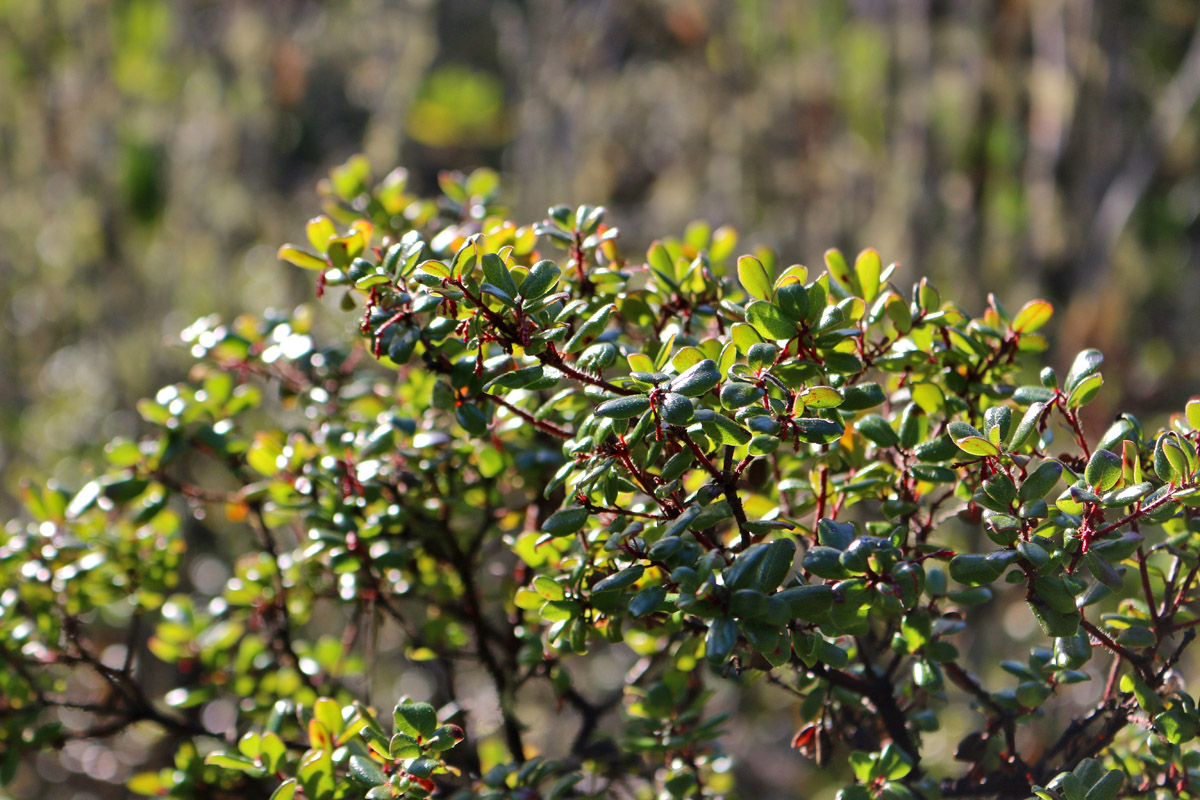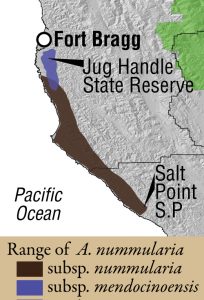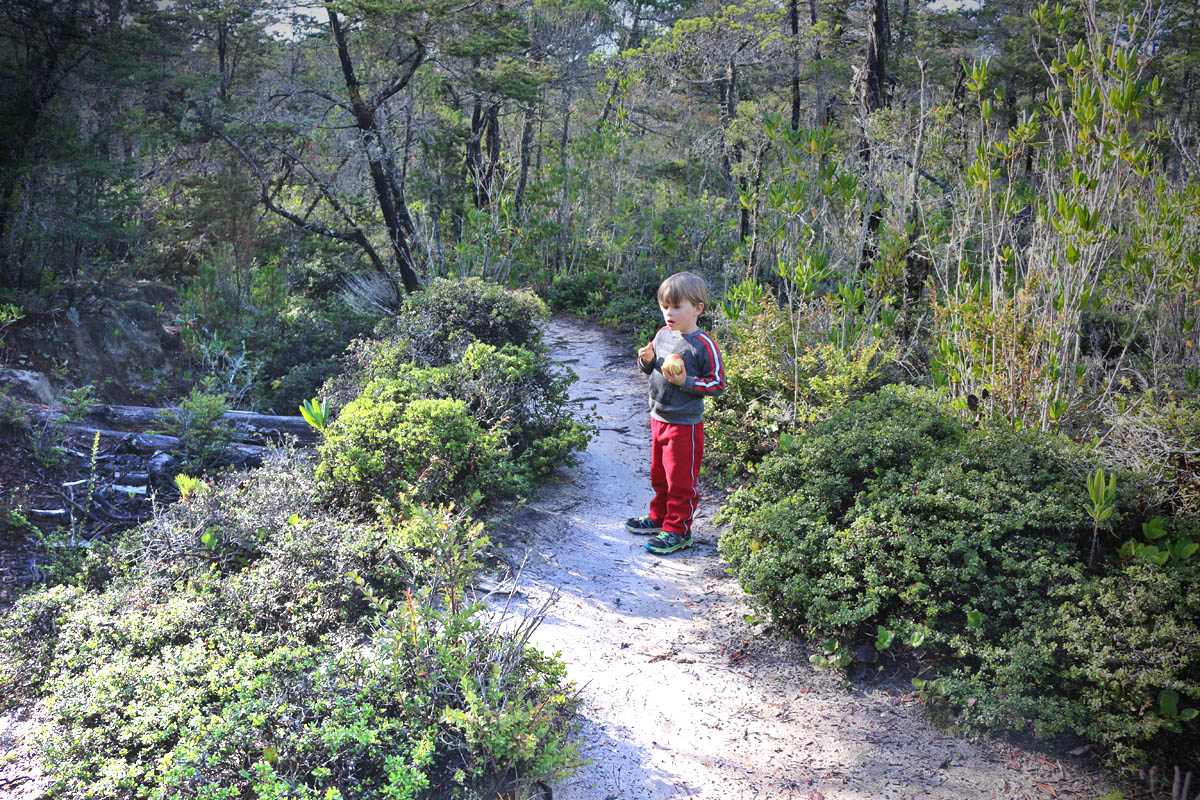Arctostaphylos nummularia subsp. mendocinoensis
The pygmy manzanita (Arctostaphylos nummularia) is a species endemic to Mendocino County, California where it is known from its occurrence in the pygmy forests along the coastline. I think this might just be the perfect northern coastal California shrub for a native plant garden. It has a perfectly rounded form, beautiful small leaves, and subtly hairy stems.


FORM: prostrate to mounded, 0.1–0.5m STEM: old stem bark red-gray, generally rough or shredding LEAVES: blade 0.5–1.2cm, 0.3–0.7cm wide, oblong-elliptic, base rounded to wedge-shaped FLOWER: four sepals per flower FRUIT: 3–4mm wide, ±cylindric, glabrous, mature splitting; stones free HABITAT: pygmy pine forest, chaparral; 50–200m OBSERVATIONS: Jug Handle State Reserve; found primarily in the Fort Bragg-Mendocino area IDENTIFICATION: leaves are the smallest in the genus and comparable only in size to A. myrtifolia (slightly longer leaves); four sepals per flower, and the small, pulpless fruit fall very early and are rarely seen REMARKS: this subspecies integrates into taller forms of A. nummularia subsp. nummularia outside acid-clay soils of the pygmy forests near Fort Bragg.

Excellent description of pygmy manzanita. The habitat is better described as Pygmy cypress (Cupressus pigmaea) forest.
So this is pygmy because of genetics or genetics plus soil conditions? I guess the question is: did the soil conditions lead to an adaptation or does one plant that grows one way somewhere else grow pygmy in the deficient conditions?
Hi Andrew- The general understanding is that the genetics have changed do to isolation on this soil type. Edaphic evolution over the past 500,000 years or so. I am not sure if any transplant studies have occurred, but the pygmy cypress grow much taller off the podzolized soils. Here is another post from a few years back that cites some of the early research on the staircases.
Michael: The A. 6 Arctostaphylos nummularia at the Humboldt Botanical Garden are doing very well, now three years old. Please contact me for another tour to see the 30-plus manzanita species and cultivars I now have in the Garden, along with 10 more to plant out this winter.
Mark Moore, Curator
Lost Coast Brewery Native Plant Garden
Humboldt Botanical Garden
Eureka, CA